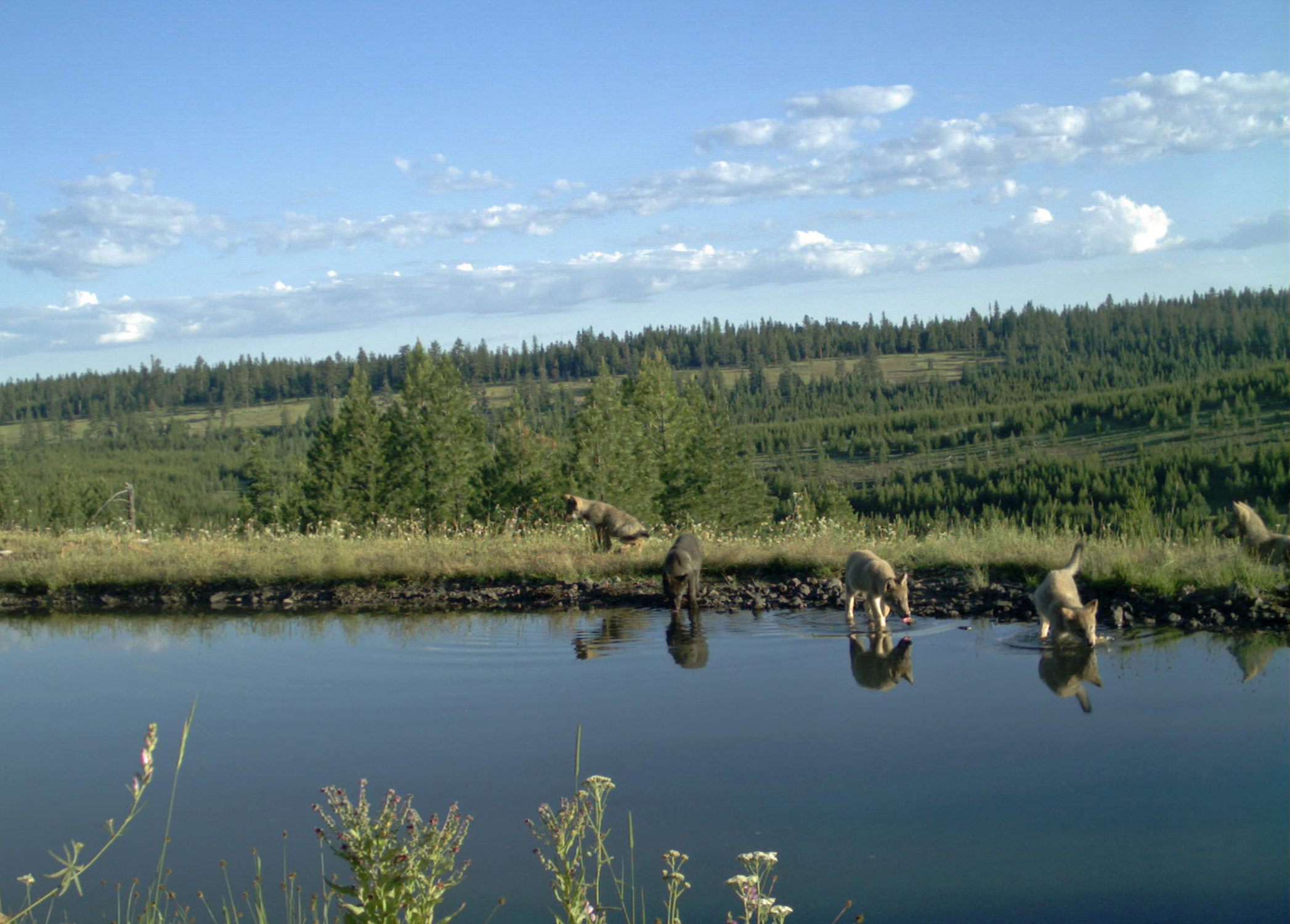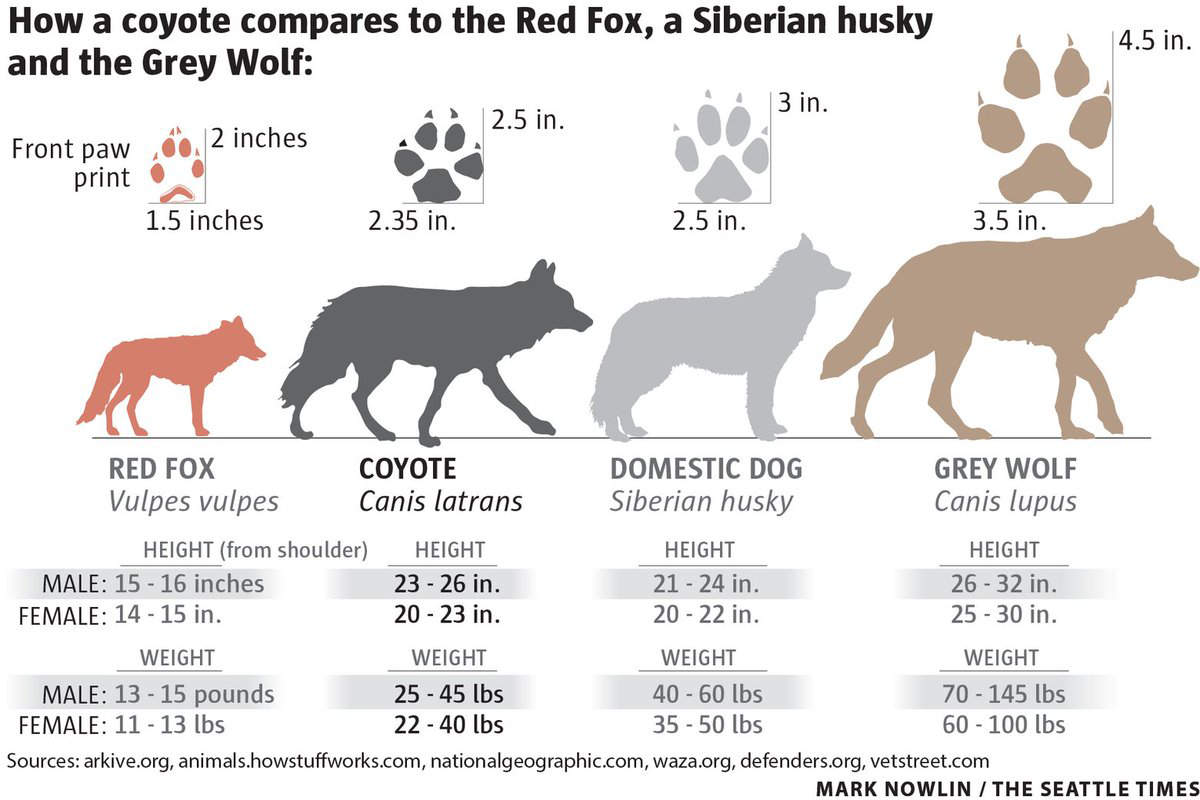Through trapping, poisoning and shooting, government agents and bounty hunters killed off every last gray wolf in Oregon, Washington and California by the 1940s. However, the species has begun to make a remarkable comeback in the Pacific West as wolves have migrated west after a successful re-introduction into the northern Rockies in the mid-1990s. Today, approximately 175 individuals and 21 packs including 16 breeding pairs, now call Oregon home. Washington reported 108 individuals and 21 packs including 10 breeding pairs. In 2015, California’s first known contemporary pack, the Shasta Pack, was documented and had pups for the first time in nearly a century. Today, California has 2 confirmed packs in residence, the Lassen Pack and the Whaleback Pack. The Lassen Pack has birthed pups every year since 2017. The Whaleback Pack currently comprises OR-85 and an uncollared female. They had seven pups in 2021 and six pups in 2022.
Misinformation, fear mongering, poaching and lethal control continue to confront gray wolves as they mount their historic comeback in the Pacific West. Cascadia Wildlands and allies are working tirelessly to protect and restore a viable population of wolves across the Northwest through advocacy, outreach, education and litigation. We are also a founding member and sit on the steering committee of the Pacific Wolf Coalition, which was formed in 2012 to promote gray wolf recovery in the Pacific West. Click here for more information and resources on gray wolf recovery. Visit our chronology of Oregon wolf recovery since 2008.
As of February 2022, a year after being delisted, a federal district court has re-instated Endangered Species protections for gray wolves. This includes wolves in Oregon, but does not include wolves in the Greater Yellowstone ecosystem.
For more information:
Oregon wolves
Washington wolves
California wolves
Wolf Terms:
Pack — a group of wolves, usually consisting of a male, female and their offspring from one or more years. For purposes of monitoring, a pack may be defined as a group of four or more wolves traveling together in winter. Ongoing and future wolf research may refine this definition for monitoring purposes.
Breeding pair — an adult male and an adult female wolf with at least two pups that survived to December 31 of the year of their birth.


